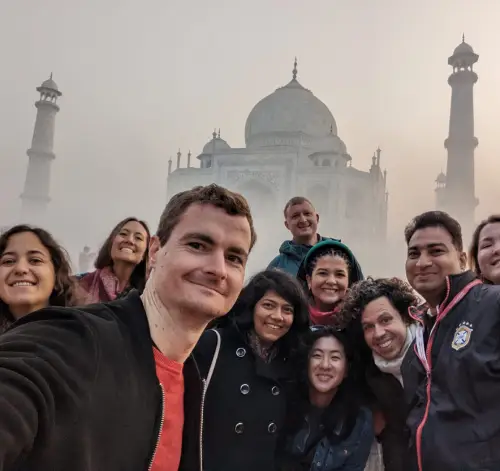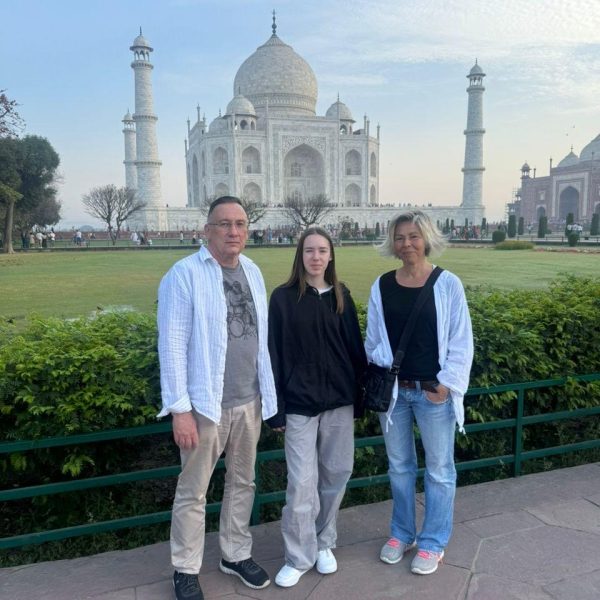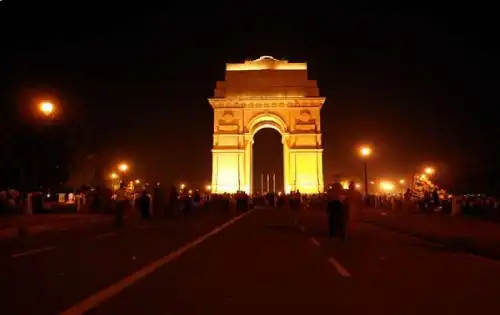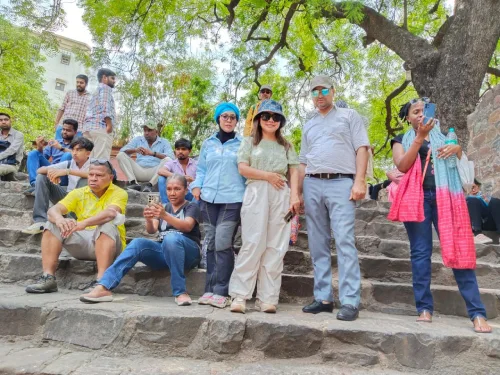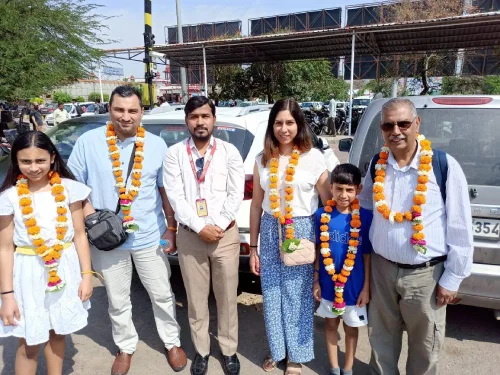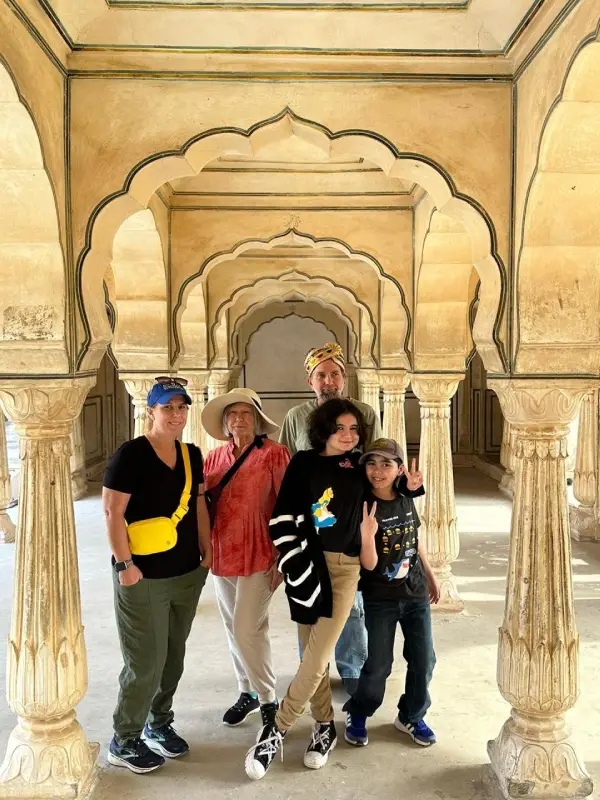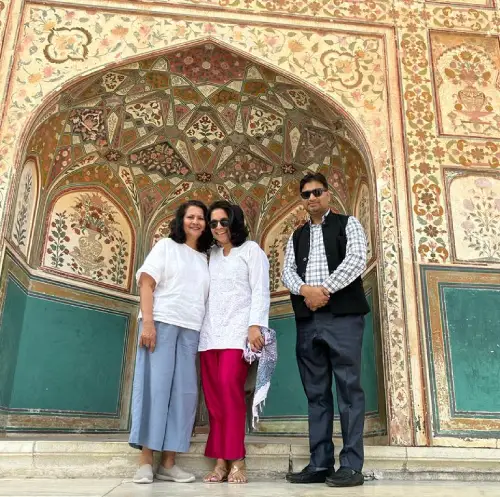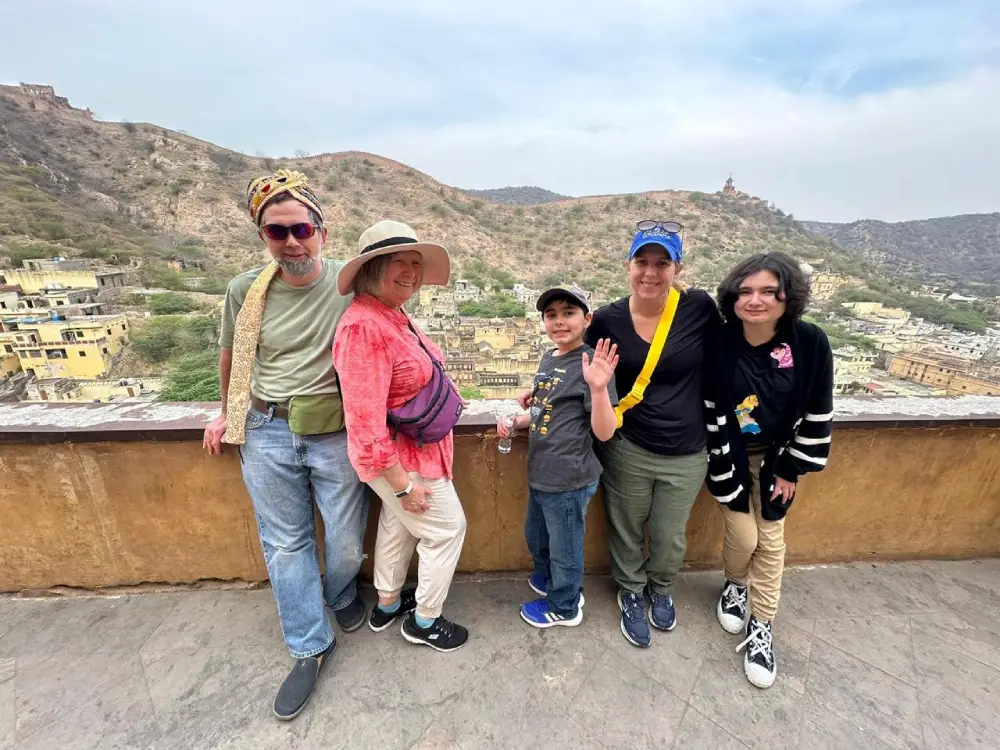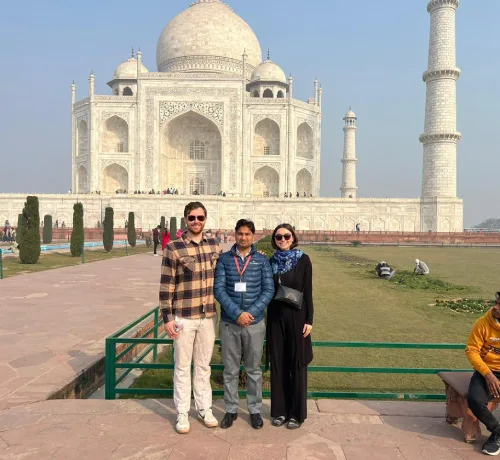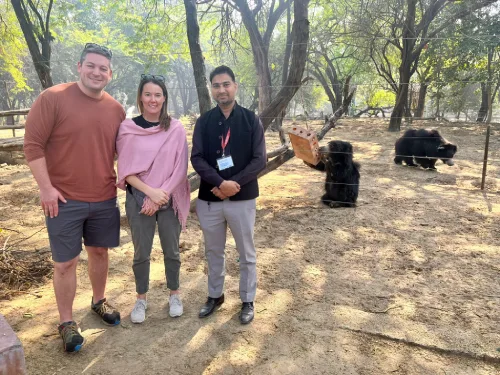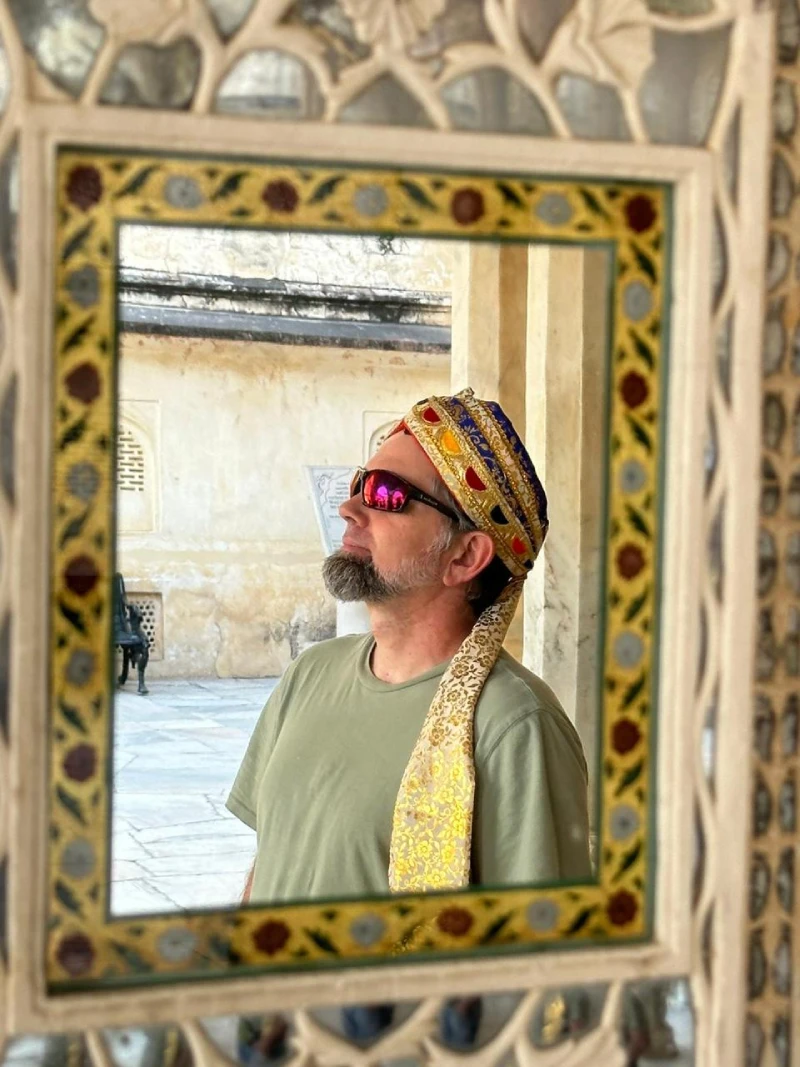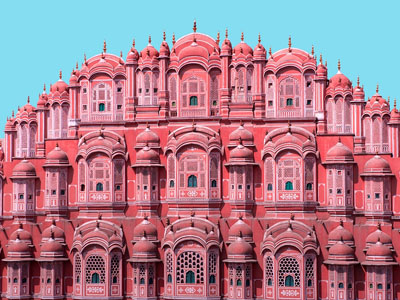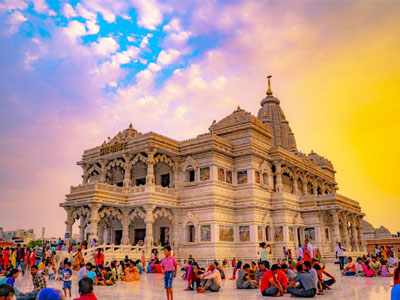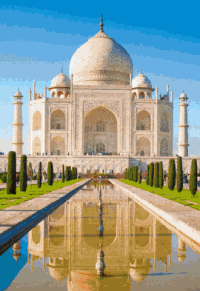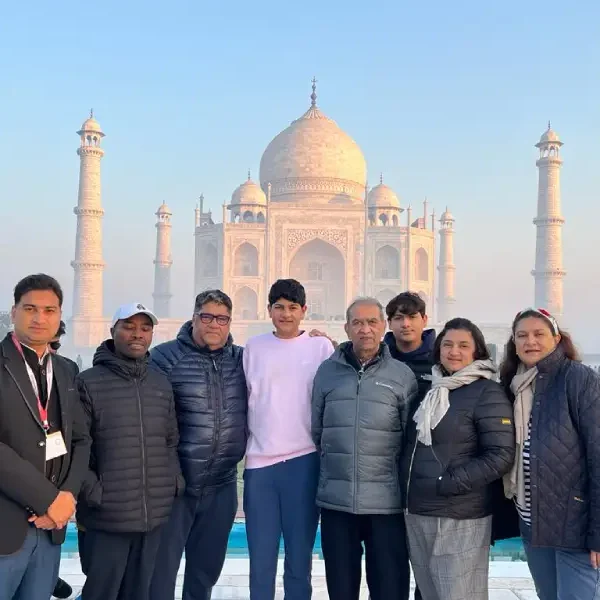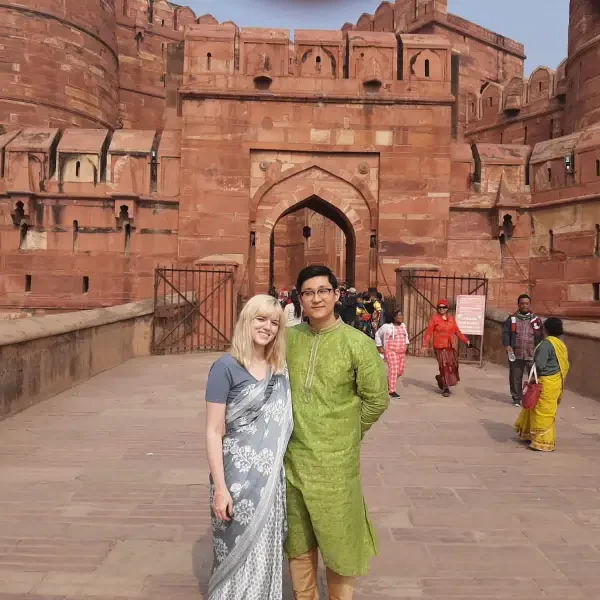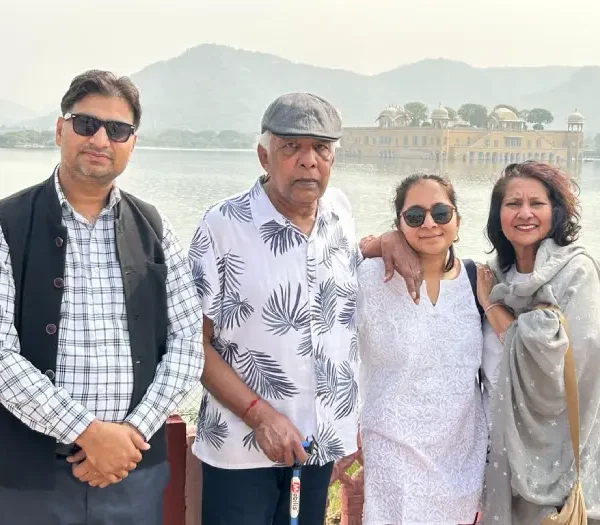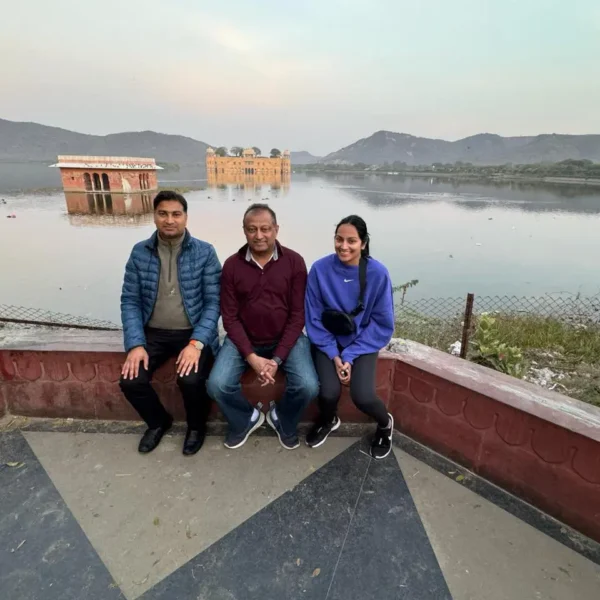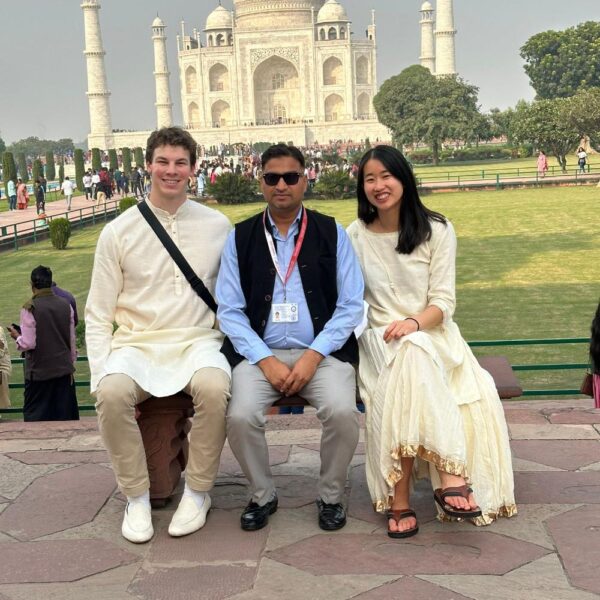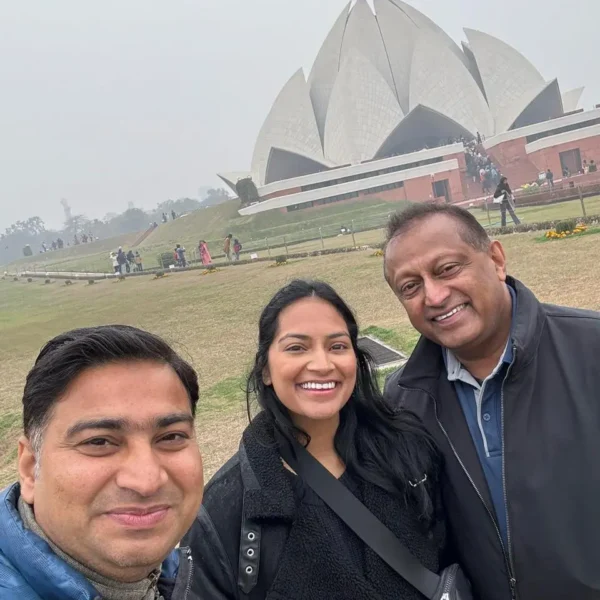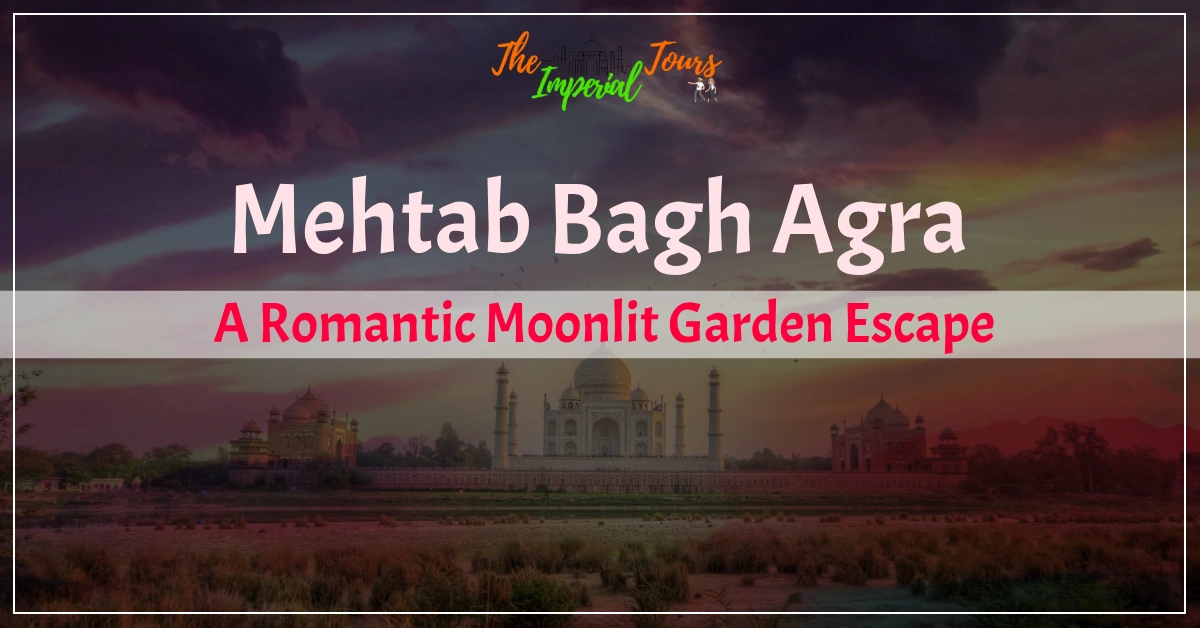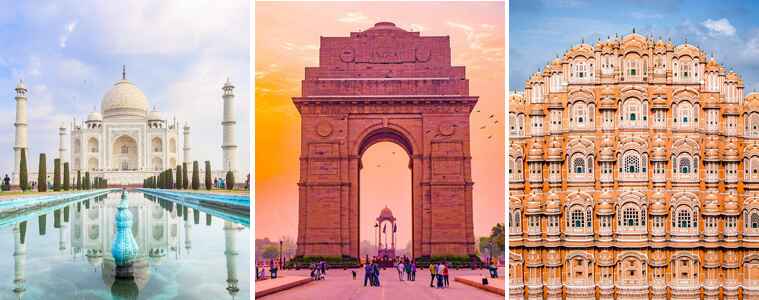10 Best Places to Visit in Jaisalmer for an Amazing Trip
Jaisalmer, famously known as the “Golden City” of India, is a mesmerizing destination that captures the essence of Rajasthan’s rich cultural heritage. Nestled in the Thar Desert, this historic city offers an array of stunning attractions and activities that make it one of the most popular Places to Visit in Jaisalmer. With its ancient fortresses, exquisite havelis, and vast desert landscapes, Jaisalmer is an ideal getaway for those seeking a unique experience. But why should you visit Jaisalmer? What makes it stand out as a top tourist destination? Let’s explore the reasons! Best Tour Ever:- Jaipur Udaipur Jodhpur Jaisalmer Why Visit Jaisalmer? Jaisalmer is often called the “Golden City” because of its distinctive yellow sandstone architecture that gleams under the desert sun. The city’s rich history, royal palaces, vibrant culture, and the unforgettable desert experience make it a must-visit location for anyone traveling to Rajasthan. The stunning Jaisalmer Fort, traditional havelis, beautiful Jain temples, and the majestic Sam Sand Dunes all contribute to making Jaisalmer a top destination for history lovers, adventure seekers, and photographers alike. Things to Do in Jaisalmer There is no shortage of things to do in Jaisalmer. Whether it’s exploring the intricate architecture of historic forts, enjoying a camel ride on the desert dunes, or experiencing the local culture through music and dance, Jaisalmer offers an unforgettable adventure. Below are some of the most popular and best places to visit in Jaisalmer. Places to Visit in Jaisalmer 1. Jaisalmer Fort (Sonar Quila) One of the most iconic tourist attractions, Jaisalmer Fort is a UNESCO World Heritage Site and a must-see when visiting the city. Also known as Sonar Quila (Golden Fort), this impressive structure stands as the heart of the city. The fort is a living fort, meaning that people still live inside it, with narrow lanes, temples, and havelis nestled within its walls. Why Visit? It offers a glimpse into the past with its historic temples, shops, and palaces. The panoramic view of the city from the top is breathtaking. Timings & Entry Fee The Jaisalmer Fort, also referred to as Sonar Quila or the Golden Fort, welcomes visitors every day from 9:00 AM to 6:00 PM. Here’s a detailed breakdown of the entry fees: You May Also Like:- Agra Fort: India’s Majestic Red Sandstone Wonder 2. Sam Sand Dunes No trip to Jaisalmer is complete without experiencing the Sam Sand Dunes. Located about 42 kilometers from the city, it’s the perfect spot for a desert safari. Riding on a camel through the vast golden dunes offers a unique and unforgettable experience. Why Visit? Enjoy the thrill of a camel ride, experience a desert sunset, and indulge in cultural performances like folk dances in the evening. Timings & Entry Fee Activities and Their Costs: Desert Safari Packages: 3. Patwon Ki Haveli This collection of five havelis, built in the 19th century, is one of the best examples of Jaisalmer’s intricate architectural style. The havelis are adorned with exquisite carvings, making it a significant Jaisalmer tourist places. Why Visit? It’s an excellent example of Rajput architecture, and you can explore the ornate interiors and historic exhibits. Timings & Entry Fee Timings: Entry Fees: 4. Jain Temples Located within the Jaisalmer Fort, these temples are dedicated to Jain Tirthankaras. The architecture and intricate carvings on the temples are a testament to the artistic skills of the time. Why Visit? For history buffs and architecture lovers, these temples are one of the best places to visit in Jaisalmer. They offer a serene and spiritual atmosphere. Timings & Entry Fee There is no Entry Fess. You May Also Like:- Top 9 Must See Monuments Built by Mughals In Agra 5. Gadisar Lake Gadisar Lake is a man-made reservoir that once supplied water to the city. It is surrounded by temples, ghats, and cenotaphs, making it a peaceful and picturesque spot for a boat ride or a relaxing evening. Why Visit? The tranquil setting and the beautiful sunset views are ideal for a calming experience away from the busy streets of Jaisalmer. Timings & Entry Fee Timings:The lake is open for visitors from 8:00 AM to 7:00 PM. Entry Fee:There is no entry fee to visit the lake. Boat Ride Charges: 6. Kuldhara Village A fascinating and mysterious site, Kuldhara is an abandoned village that was once home to the Paliwal Brahmins. According to local legends, the village was deserted overnight due to a curse, and to this day, it remains uninhabited. Why Visit? It’s one of the most intriguing places to visit in Jaisalmer. The village has an eerie yet captivating atmosphere, and visitors are drawn to its history and the stories surrounding it. Timings & Entry Fee Timings:The village is open to visitors daily from 8:00 AM to 6:00 PM. Entry Fees: 7. Bada Bagh Bada Bagh is a beautiful garden complex located about 6 kilometers north of Jaisalmer. It is known for its royal cenotaphs and tranquil surroundings, making it an excellent spot for a day trip. Why Visit? It’s a peaceful place where you can enjoy the beauty of desert landscapes along with the grandeur of the royal cenotaphs. Timings & Entry Fee Timings:Bada Bagh is open daily from 8:00 AM to 6:00 PM.It is recommended to spend 2–3 hours exploring the site. Entry Fee: 8. Desert National Park The Desert National Park, located on the outskirts of Jaisalmer, is home to a wide variety of desert flora and fauna, including the endangered Great Indian Bustard. It is a great place for nature enthusiasts and birdwatchers. Why Visit? If you’re into wildlife and nature, this park offers an opportunity to explore desert ecosystems and spot some unique species. Timings & Entry Fee Timings:The park is open daily from 10:00 AM to 5:00 PM. Entry Fees: Safari Costs: 9. Nathmal Ki Haveli This beautiful haveli was built in the 19th century and is known for its stunning architectural style. The detailed carvings and intricate stonework make it one of the best places to see in Jaisalmer.









